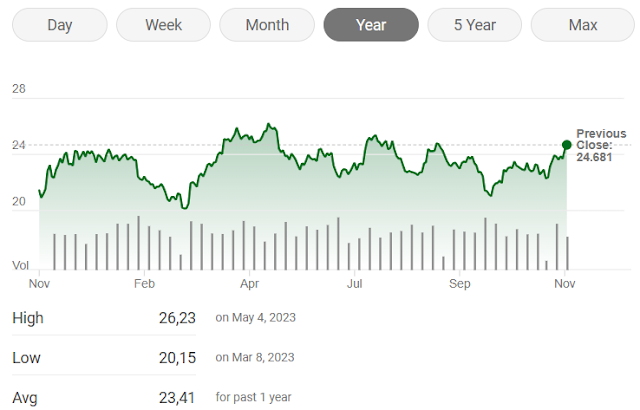Written by the TreasureGuide for the exclusive use of the Treasure Beaches Report.
 |
| Rio Mar Beach Thursday Afternoon. |
 |
| Rio Mar Beach Thursday Afternoon. |
I also am reminded of finds from years past.
Rio Mar was once eroded down to the old sand. I don't know how long ago that was. I'm thinking maybe twenty years or more, but maybe it wasn't really that long ago. At that time there were a lot of old large concrete blocks exposed.
 |
| Rio Mar Beach Thursday Afternoon. |
Among the finds I think of are a diamond with an antique cut found to the north of the access by a large old tree trunk that was lying on the beach. I remember coming off the beach and running into a fellow that was known as the Florida Pro, who hunted a lot in Lauderdale and Miami. He was one of the old school guys who kept his identity secret and usually came crawling out of the surf just before sunrise.
Then there was the time the dunes in front of the beach club just south of the beach access was eroded back and producing numerous Barber coins.
And of course, there was the gold dust and nuggets found by salvers in between the nearshore reefs. Anyhow, it was once a fun place to metal detect. Maybe I've missed some good hunting there in recent years, but today Thursday it was disappointing to look at it and remember how it looked when it was really eroded.
---
November 2014, the US Bureau of Engraving and Printing sent a request to its Washington DC facility to print a batch of dollar bills. In July 2016, the exact same request was sent to the Fort Worth facility.
This miscommunication resulted in dollars printed with duplicate serial numbers, technically counterfeiting their currency. Typically, every bill in circulation has a unique serial number to identify it.
Neither misprint was caught by the US Bureau of Engraving and Printing, and now currency collectors are clamoring to find matching pairs of dollar bills with these duplicate serial numbers.
In total, there are 6.4 million pairs of $1 bills with matching serial numbers. While that may seem like a lot, billions of dollars are in circulation, and to date, only nine pairs have been matched...
Here is what to look for.
The Series date located near the photograph of George Washington must read “Series 2013”The serial number must end with a star (*) and fall between B00000001* – B00250000* or B03200001*-B09600000* ...
Here is the link for more about that.
Check Your Wallet for These $1 Bills – They May Be Worth Up to $150,000 (msn.com)
---
Can you believe November is gone already.
 |
| Source: Surfguru.com. |
Looks like the surf will remain small for several days.
The morning high tide Friday will be pretty high again.
Good hunting,
TreasureGuide@comcast.net































